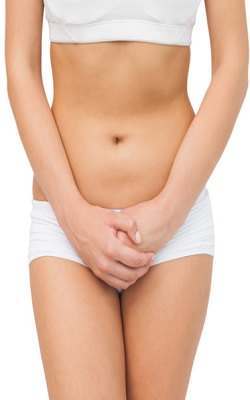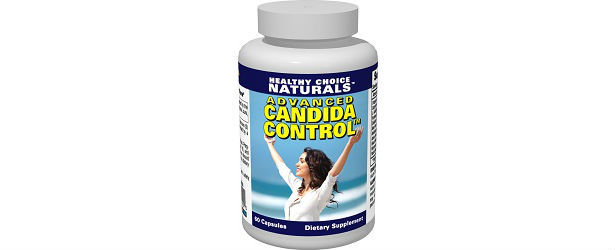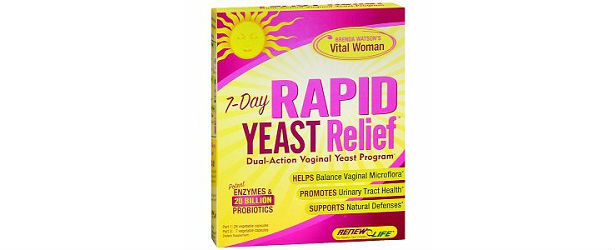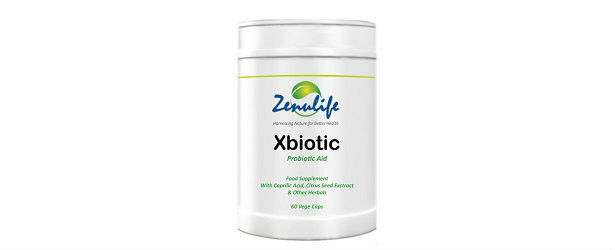
Triggers of Yeast Infections
Yeast infection is also known as fungal infection; in the medical field it is called candidiasis or body thrush. There are many kinds of yeast infection, which may depend upon the triggering factor. Most of the time, yeast infections are not fatal and can be easily cured or treated. Depending on the infected part of the body, people commonly experience skin irritation followed by inflammation and itching. Symptoms may manifest differently, depending on the type of infection. In severe cases, yeast infections can lead to quite dangerous and difficult complications, especially for those caused by health related problems such as a compromised immune system.
Causes of Yeast Infections
Yeast infections often affect those who have weaker immunity such as those who are positive with Human Immunodeficiency Virus (HIV) / Acquired Immune Deficiency Symptoms (AIDS), cancer, and all other diseases that damage the immune system. As mentioned, the initial response of the body to yeast infection is skin inflammation and itchiness. Sometimes more severe symptoms appear such as a burning sensation and painful chaps.
With and oral yeast infection, untreated conditions may lead to the spread of the yeast throughout the mouth area, down to the esophagus, pharynx, and even to the small and large intestines. Yeast infection commonly infects the genital and anal area, one of the body parts least exposed to sunlight and air circulation. The symptoms are the same as redness of the skin, followed by inflammation and itchiness. A genital discharge may also appear if the condition has already escalated to something severe. While yeast naturally occurs in the body and will not cause any harm if the body controls its numbers by natural physiology (or through the immune system), things can become harmful if the growth of the yeast exceeds beyond the normal level. Even if the person does not have any health problems, yeast overgrowth may still happen. How is this possible? For example, cleaning the body with good, hygienic products regularly is good, but too much of these may also cause harm.
This is especially if the pH levels of the cleaning agents are not in tune with the natural pH level requirements of the body, which is preferably neutral. Too much acid or alcohol will wash away even microorganisms that help protect the body against harmful elements.
Taking birth control pills, hormonal therapy, and third generation antibiotics can also affect the body’s hormone production, and hormonal imbalance can cause yeast overgrowth especially in the genital area.
Though yeast infection is not really categorized as a sexually transmitted disease, it can infect another person through skin contact especially in the genital area.
Yeast Infection Treatments
 Treating the yeast infection is very important but this is not possible if the person is not diagnosed properly and thoroughly. Medical tests include blood exams, skin grafts, and swabs. Through these diagnostic procedures, doctors can determine the level or severity of the infection as well as the right and best treatments.
Treating the yeast infection is very important but this is not possible if the person is not diagnosed properly and thoroughly. Medical tests include blood exams, skin grafts, and swabs. Through these diagnostic procedures, doctors can determine the level or severity of the infection as well as the right and best treatments.
Most of the time, if the infection is not serious, treatments only include anti-fungal and anti yeast infection creams. If the yeast infection is already advanced and severe, a higher grade of treatments will be required. That usually involves a high dosage of medications and chemicals to directly affect or counteract the yeast infection, to reduce their number, and eventually eliminate the infection.
If yeast infection symptoms are present, consult a doctor immediately to get the right diagnosis and treatments. Ignoring the infection will only make things worse.
TOP 5
YEAST INFECTIONTreatments |
|||||
| YeastClear | Candida Gone | Vagi-Soothe | CandiGONE | Yeastrol | |
|---|---|---|---|---|---|
| 1 | 2 | 3 | 4 | 5 | |
| Price (1 bottle) Price (6 bottles) Best Value |
$49.95 $139.70 |
$39.95 $239.70 |
$39.95 $239.70 |
$34.19 $295.14 |
$29.95 $179.70 |
| Overall Rating | 99.3% | 77% | 72.5% | 63.2% | 61.5% |
| Performance* |





|





|





|





|





|
| Speed of Results* | Extremely Fast | Good | Average | Slow | Slow |
| Quality of Ingredients | Premium | Good | Average | Average | Average |
| Customer Satisfaction Evaluation | 99.4% | 76.5% | 74.2% | 67.1% | 60.5% |
| Safety Evaluation | Safe for Use | Safe for Use | Safe for Use | Safe for Use | Safe for Use |
| Customer Service Rating |





|





|





|





|





|
| Reorder Rate | Highest | Good | Good | Average | Average |
| Return Policy | Risk Free | Unopened | Good | Risk Free | Unopened |
| Success Rate | 99.6% | 78.3% | 74% | 71.1% | 68.5% |

 Subscribe Now
Subscribe Now











